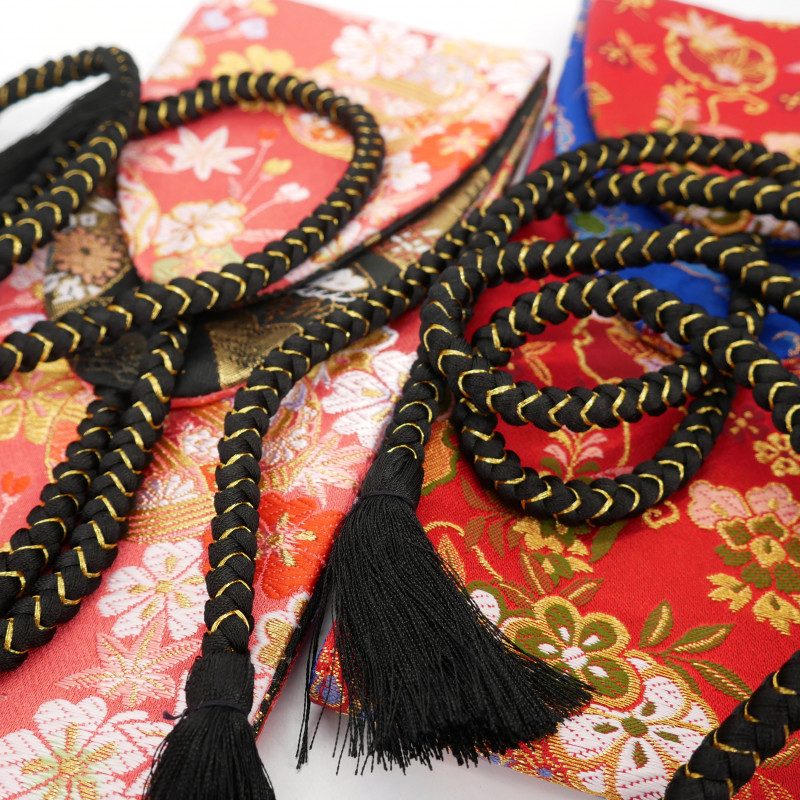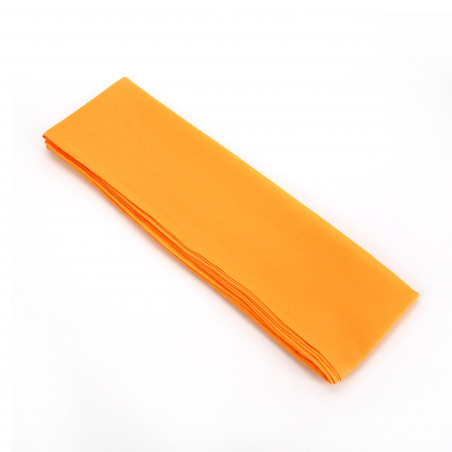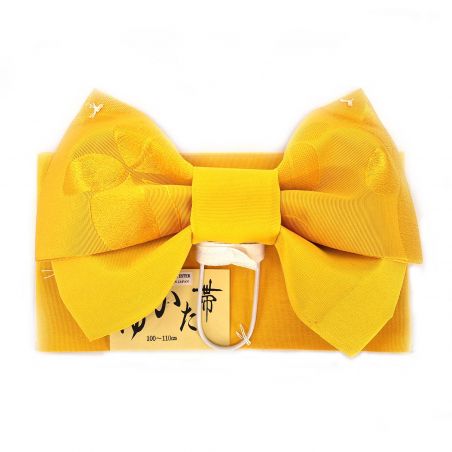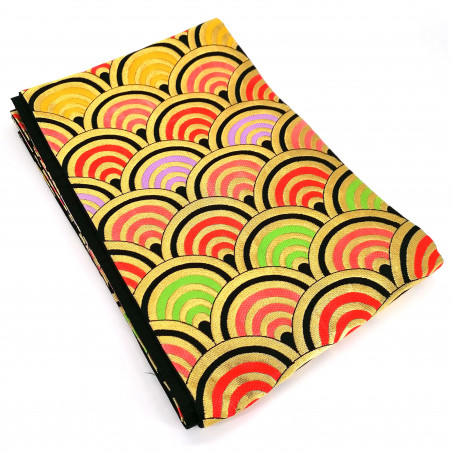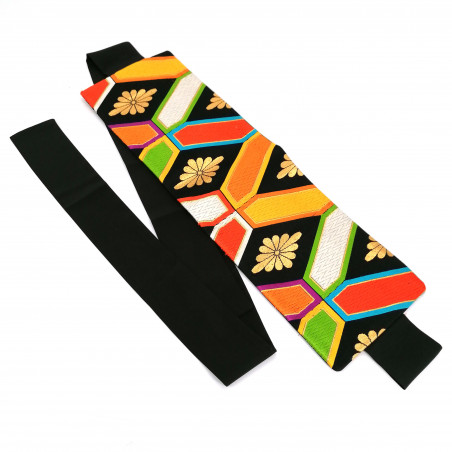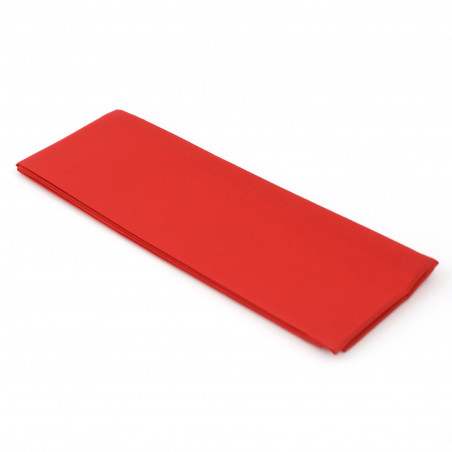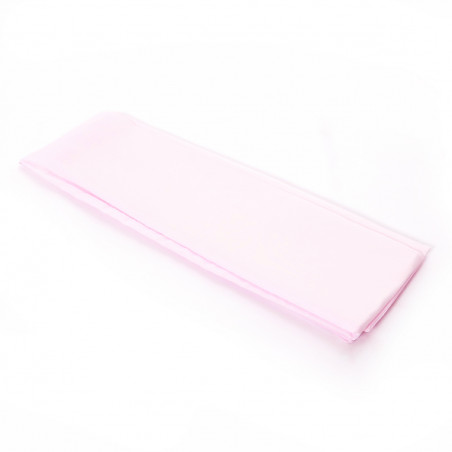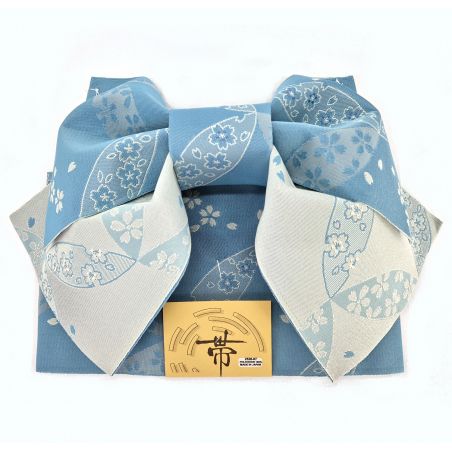Traditional Japanese reversible belt, KINRAN KIKU, color of your choice

Traditional Japanese reversible belt, KINRAN KIKU, color of your choice
Brand:
PRODUCT SPECIFICATIONS
| Color | flowery |
|---|---|
| width | 11 cm |
| length | 86 cm |
| Product origin | Made in Japan |
| Gender | female |
| Size | M |
| Age group | adult |
| Production region | Kyoto - Kyoto Prefecture |
| Compositions | Nylon Polyester |
Learn more
Traditional Japanese reversible belt, KINRAN KIKU, color of your choice
An obi (帯) is a belt used to close traditional Japanese clothing, such as kimonos or training clothing for martial arts.
By tradition, we do not wear any jewelry with a kimono, this is why the obis are well decorated and so colorful, they must cut with the kimono, while being in harmony with it.
It comes in the form of a fabric ribbon without loop or clasp or a hemp rope. How to tie the obi is quite an art.
Narrow obi
It can make a turn and a half to two waistlines, and is tied at the front. For a good support and to allow breathing, the belt must pass as much as possible on the bony part of the hips, at the level of the iliac crests, and be tied in front, under the abdominals.
Obi large
The large obi is generally worn with the hakama. It is tied from the front, keeping a strand of about thirty centimeters on one side. The belt then makes several turns until returning to the front one last time. The strand left free is then wrapped around the strand enclosing the hips.
SHIPPING AND RETURNS
Delivery times:
- 1 to 3 business days for France, Belgium, and Switzerland.
- 3 to 5 business days for other European countries.
- 3 to 5 business days for other countries via DHL.
This item is shipped from our warehouse in France.
You can return or exchange an item within 14 days of receiving your order. For more information, please consult our Return Policy.

.jpg)

















































































